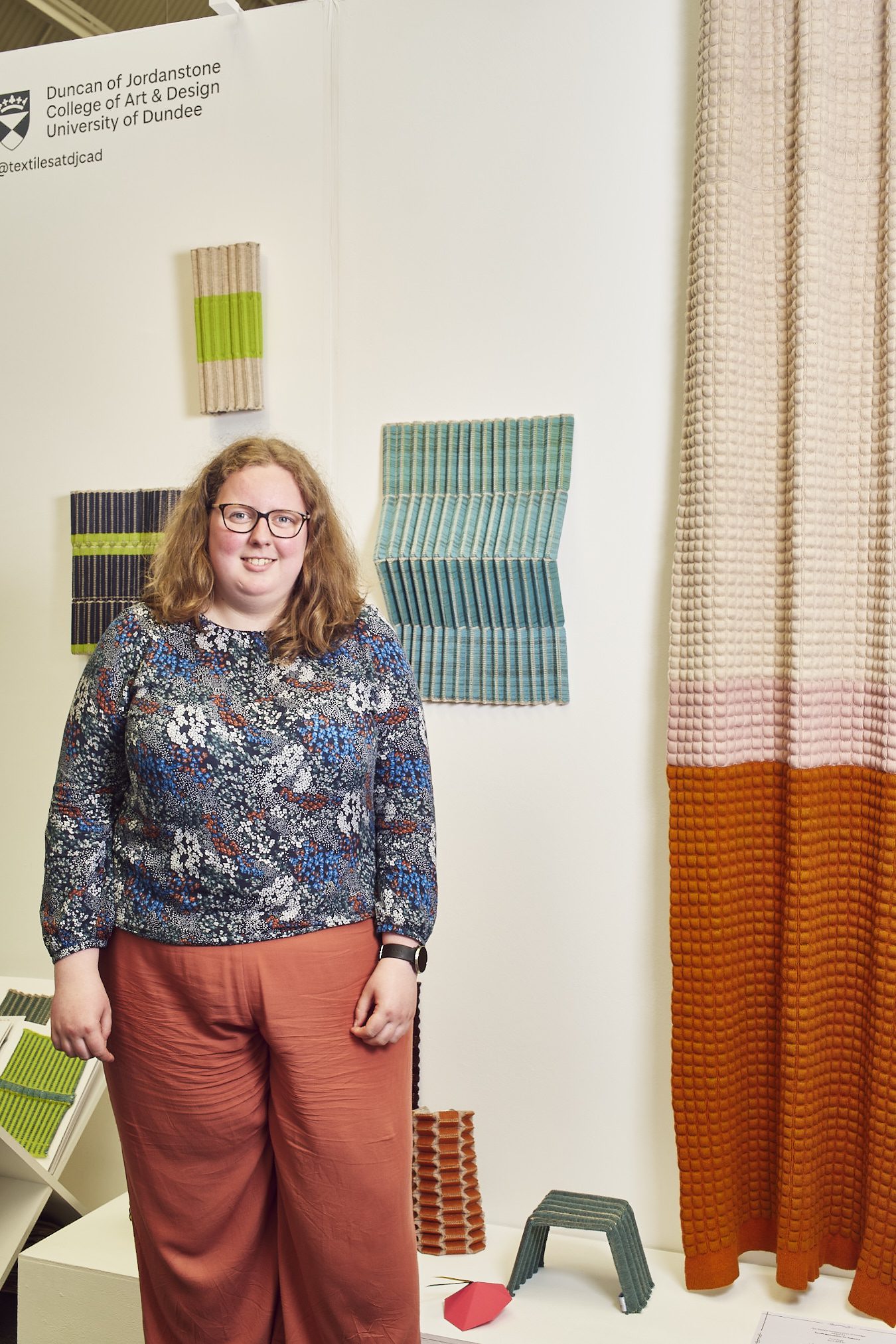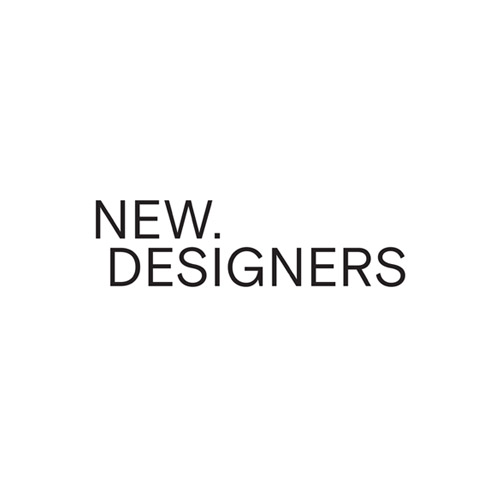WINNER
Vera Bergshoeff
Untitled
University of Dundee
JUDGES COMMENTS
Candidate offered an inspiring and innovative development in the realm of textiles that could be used across many applications with the potential of significant commercial success.

AWARD PRIZE
One free UK trade mark application for a brand name / product name [in up to 5 classes]*
- One free EU trade mark application for a brand name / product name [in up to 5 classes]*
- A free UK Registered Design application for one product/design*
- A free Community (EU) Registered Design application for one product/design*
*CMS will fund the cost of these applications through to registration assuming they do not encounter any obstacles during the application process.
- A short-form non-disclosure agreement template, to help the winner protect their rights when sharing their designs/products with third parties
- Up to ten hours of free-of-charge legal advice from CMS’s top-ranked IP team (to be used within 12 months of receiving the prize)
- Access to CMS’ IP Foundation legal training programme, comprising around 6 hours of web-based training, providing an overview of core aspects of IP law across all key topics (trade marks, designs, copyright, etc.)
- Use of CMS’ London offices for up to two meetings (lasting no more than 2 hours each).
- Invitations to CMS client-facing conferences, seminars and webinars, with opportunities to meet and mingle with CMS’ network of clients and design industry experts.
- Opportunity for informal mentoring support from an industry expert introduced by CMS (further details of potential mentor(s) and mentoring support package to be confirmed).
AWARD CRITERIA
First and foremost, CMS is looking for a talented designer who has created an innovative design that is truly new when compared to anything already on the market.
We are excited to find an enthusiastic young designer with entrepreneurial flair and aspirations for getting their design produced and made available to consumers, working alongside a manufacturer or launching a direct-to-consumer business. CMS wants to find the right candidate who is able to make the most of the support and resources that the prize offers.
The successful candidate should be able to articulate what is unique and different about their product or design, how and where it will be made and produced, what their target market is, and how their product would ideally be distributed (i.e. their route(s) to market). The design should ideally also have some consideration regarding sustainability.
To apply for the CMS Future Design Star Award, candidates should register their interest by filling in a short questionnaire ( CMS Future Design Star Prize ND23 – Register your Interest | Cognito Forms) to tell us more about themselves, their design(s) and their plans for launch. CMS’ judging panel (comprising CMS design law specialists alongside independent design industry experts) will consider all applications received, with the most promising candidates progressing to a final ‘in person’ judging round to take place at the ND23 exhibition. Successful candidates who are shortlisted for the final judging round will be personally notified in due course.
PROJECT DESCRIPTION
‘Working hands on with both wood and wool based knitted textiles I have built a knowledge and understanding of the materials and crafts that accompany them. This experience sparked the idea to combine these two natural materials to create a new material that incorporates both. The project explores the interplay between these different materials and how this interaction allows me to push the boundaries of traditional knitting practice.
The physical characters of wood and wool complement each other. Wood is hard while wool is soft and elastic, this means that the wool forms easily around the wood. I have worked with the natural properties of the materials to enhance and add to their existing properties. There are numerous sound absorbers on the market, mostly designed for offices, they tend to use simple, flat designs. I wanted to design a sound absorber with texture, colour and pattern that visually enhances the space in addition to its acoustic properties.
In addition to the natural wood and wool combination, I have also experimented with technical yarns, such as thermosetting, thermoformable, elastic and high shrinking yarns in combination with the wool to help create and maintain structure.
My final collection comprises multipurpose materials that combine wood, wool and knitting processes. They are designed to enhance spaces, creating more thoughtful and healthy interior environments.’


